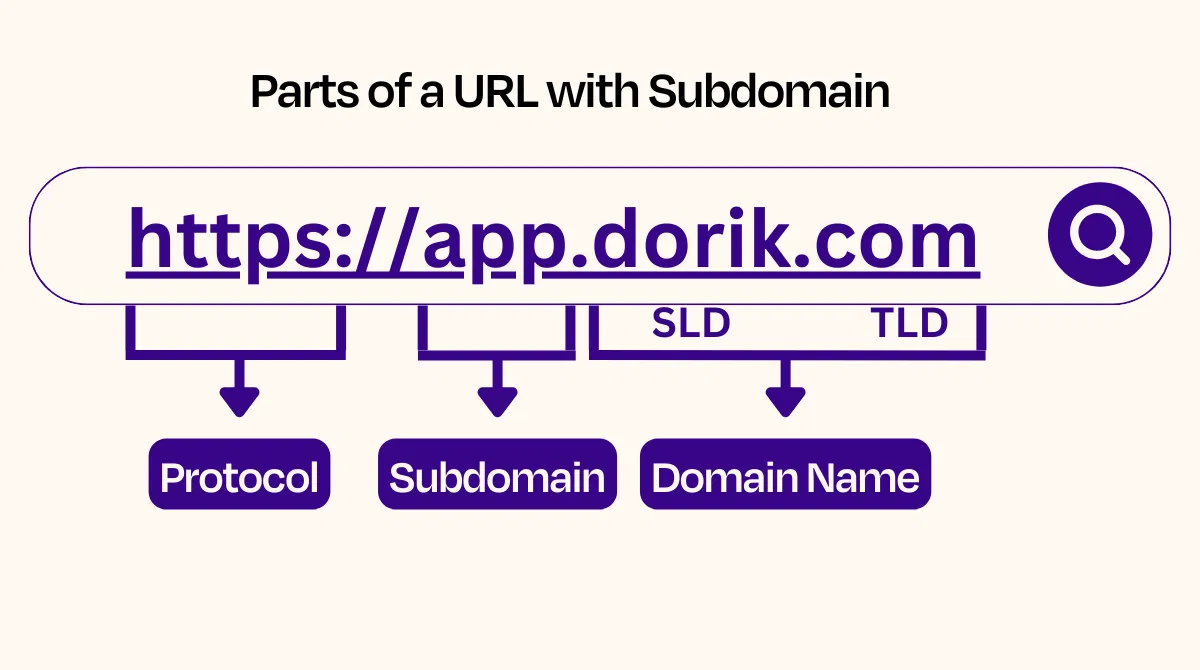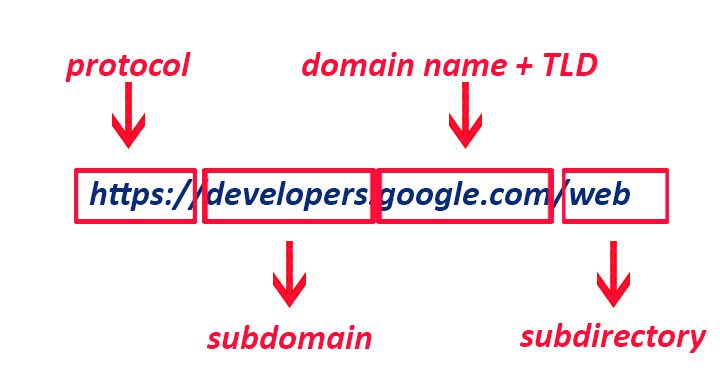Table of Contents
- Introduction: Why Multilingual SEO Matters
- Subdomains vs. Subdirectories: The Core Differences
- The Basics of Multilingual SEO
- Pros and Cons of Using Subdomains
- Pros and Cons of Using Subdirectories
- Comparing Subdomains and Subdirectories for Global Reach
- Technical Considerations You Shouldn’t Overlook
- 5 Common Questions About Subdomain vs Subdirectory for Multilingual SEO
- Real-World Examples and Case Studies
- Best Practices and Actionable Tips
- Conclusion: Making the Right Choice for Your Business
Introduction: Why Multilingual SEO Matters
Subdomains vs. Subdirectories: The Core Differences

- Subdomain: A subdomain is an extension of your root domain name. For instance, if your primary domain is example.com, a subdomain might be es.example.com for the Spanish version of your site.
- Subdirectory (or Subfolder): A subdirectory is a folder that exists within the hierarchy of your primary domain. In this scenario, the Spanish version of your website might be accessible at example.com/es/.
The Basics of Multilingual SEO
- Language Tags: Implementing proper hreflang tags to indicate which language you’re targeting.
- URL Structure: This is where the subdomain vs. subdirectory debate comes in—search engines weigh URL structure heavily.
- Localized Content: Your content must cater to local expressions, cultural references, and search behaviors of the target audience.
- Site Speed and Performance: Fast-loading pages are crucial for user experience and SEO in any language.
- Mobile Responsiveness: Given the global prevalence of mobile browsing, ensuring a mobile-friendly experience can drastically improve engagement and rankings.
Pros and Cons of Using Subdomains

Pros of Subdomains
Cons of Subdomains
Pros and Cons of Using Subdirectories
Subdirectories (or subfolders) involve adding a language-specific path to your primary domain. For instance, your English site remains at example.com/, while the Spanish version resides at example.com/es/.

Pros of Subdirectories
Cons of Subdirectories
Comparing Subdomains and Subdirectories for Global Reach
Deciding between subdomains and subdirectories isn’t just a matter of preference; it’s a strategic choice that can have lasting implications on your website’s global reach.

- Search Engine Preferences: Google has stated it doesn’t strictly prefer subdomains over subdirectories or vice versa—both are acceptable. However, the choice can still impact how link equity is distributed and perceived by other search engines or how easily you can target specific countries.
- Brand Consistency: If your brand identity relies heavily on a unified global presence, subdirectories may be a more cohesive solution. Conversely, if you aim for distinct brand variations in different languages, subdomains serve your purpose better.
- Competition Level: In highly competitive markets, combining your domain authority under a single domain (via subdirectories) might provide a more substantial initial SEO advantage compared to building up multiple subdomains.
- Future Expansion: Are you planning to introduce multiple languages quickly? Subdirectories may be simpler to scale without creating a host of new subdomains. Then again, if you want each region to have high independence, subdomains offer a cleaner path to growth.
Technical Considerations You Shouldn't Overlook
Regardless of whether you choose subdomains or subdirectories, certain technical elements are vital for achieving optimal performance in search rankings. Here’s what you need to keep in mind:
Hreflang Implementation
- Why It Matters: Hreflang tags tell search engines about language and regional URLs so that they can serve the correct content to the right users.
- Best Practice: Each language version (whether it’s a subdomain or subdirectory) must have accurate Hreflang annotations.
- Why It Matters: Page speed is a critical ranking factor.
- Best Practice: Use a Content Delivery Network (CDN) to serve content faster to distant regions, minimize large images, and maintain efficient code.
- Why It Matters: A clean, logical site structure helps search engines crawl and index your content effectively.
- Best Practice: Keep your hierarchy simple, use descriptive URLs, and ensure your multilingual pages are easily accessible.
- Why It Matters: Hosting your site on servers closer to your users can improve page load times.
- Best Practice: If you use subdomains, you can host them in each target country. If you choose subdirectories, consider a CDN or multi-regional hosting solution for faster access.
- Why It Matters: Some regions have strict data privacy or content regulations. Non-compliance can result in penalties.
- Best Practice: Ensure compliance with local laws, especially regarding cookies, data protection, and any country-specific guidelines.
5 Common Questions About Subdomain vs Subdirectory for Multilingual SEO
Both subdomains and subdirectories can be geo-targeted through Google Search Console. Subdomains allow you to set each subdomain to a specific country. Subdirectories can also be geo-targeted, but the process is more consolidated under a single domain. If your goal is highly localized content, subdomains offer better independence in terms of marketing and SEO strategies per region.
Generally, new subdirectories might inherit some of the domain authority from the leading site more quickly, ranking faster for relevant queries. Subdomains often need separate link-building and time to establish authority. However, high-quality, region-specific content is still the most significant factor in ranking, regardless of domain structure.
Users often feel more unified when subdirectories stay in the same domain. However, subdomains can introduce a mental switch, which might confuse less tech-savvy users. A transparent navigation system that allows for seamless switching between languages can mitigate this risk, whether you use subdomains or subdirectories.

Real-World Examples and Case Studies
Key Takeaway: Subdomains can be a winning strategy for large organizations with ample resources and a desire to cultivate distinct local identities.
Best Practices and Actionable Tips
Conclusion
- Subdomains offer more independence, making them ideal for large organizations with distinct regional teams, budgets, and brand messaging. However, the extra autonomy also means you need robust resources for building domain authority across multiple subdomains.
- Subdirectories consolidate your SEO efforts under one umbrella, letting new language sections benefit from an established domain’s authority. They typically require less overhead to maintain, making them well-suited for smaller or mid-range businesses or for those who want a cohesive global brand image.
Ready to Elevate Your Multilingual SEO Game?
- Contact us for a comprehensive multilingual SEO audit.
- Schedule a consultation to explore how subdomains or subdirectories can best serve your brand’s global ambitions.
- Partner with Excell to implement data-driven strategies that ensure your multilingual site dominates the search rankings in every target market!

Contact us now to book a free discovery call, and let’s unlock your brand’s true potential on the world stage.
Contact us:
EXCELL INDUSTRIES LLC
6420 Richmond Ave., Ste 470
Houston, TX, USA
Phone: +1 832-850-4292
Email: info@excellofficial.com




